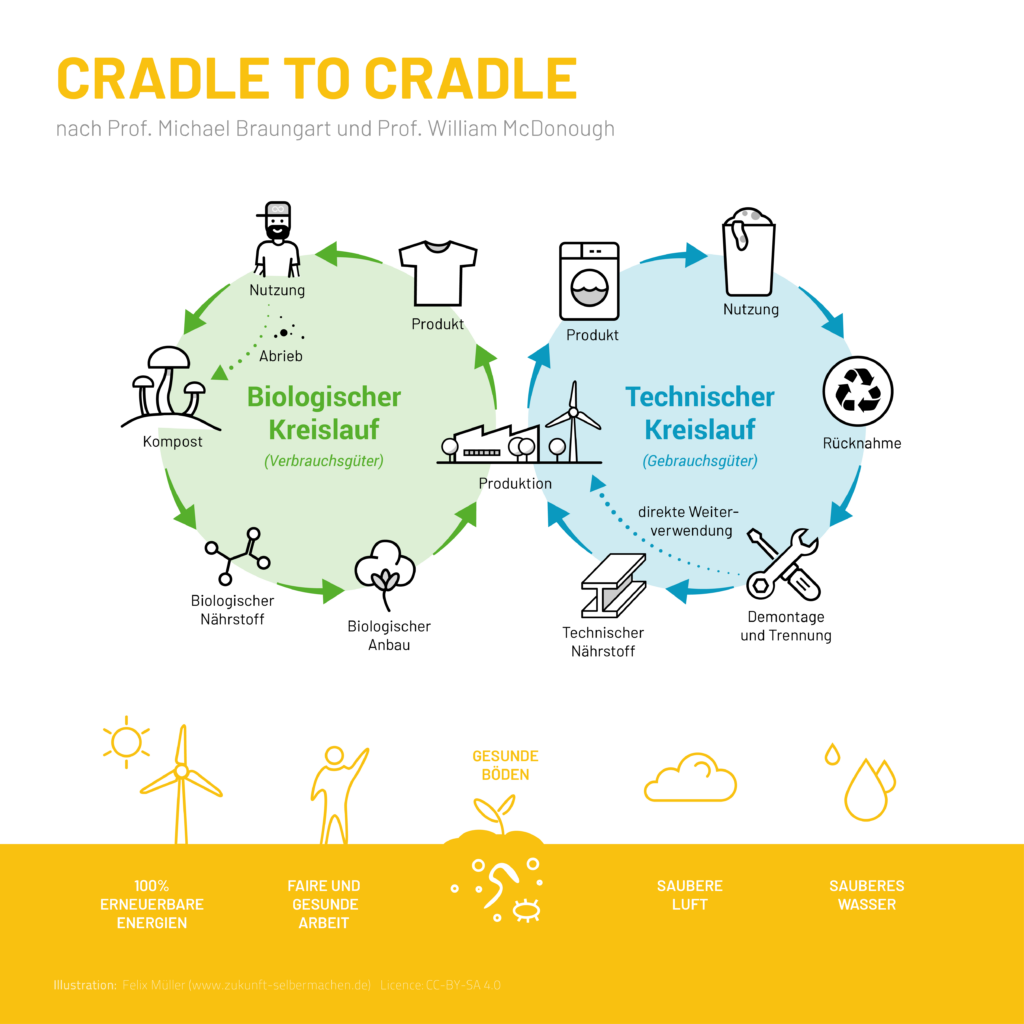The Crucial Role of Biodiversity and Sustainable Building Materials in the Construction Industry
The importance of biodiversity and the use of sustainable building materials in the construction industry are increasingly gaining awareness. A key aspect that is often overlooked is the direct connection between preserving biodiversity and choosing building materials that not only minimize environmental impact but also contribute to the regeneration of the natural world.
The urgency of preserving biodiversity can be illustrated by many examples, including the threatening decline of certain animal species. A vivid example is the fate of eagle populations in India, which were severely decimated by the use of diclofenac, an anti-inflammatory drug used in livestock. The substance, used for treating cattle, proved fatal to vultures that fed on the carcasses of these treated animals. This led to a dramatic decline in vulture populations by over 95% since the 1990s, resulting in serious ecological consequences, including an increase in decaying animal bodies and associated health risks for the human population.
Other examples of the urgency of biodiversity preservation include the deforestation of rainforests, which not only threatens countless plant and animal species but also has global climatic impacts. Habitat destruction through urban expansion and agriculture leads to many species losing their habitats, significantly reducing their chances of survival.
These examples underscore the need for immediate action to protect biodiversity in order to maintain ecological balance and secure natural resources for future generations. Protecting biodiversity is not only a matter of conservation but also of human health and economic stability.
The Impact of Biodiversity Loss on the Construction Industry
The construction industry faces various challenges due to the increasing scarcity of natural resources like wood and certain stones that come from heavily burdened ecosystems. This not only leads to rising costs and limited availability but is also exacerbated by stricter environmental regulations that further restrict access to these resources and require the use of more expensive, sustainable materials and methods. Additionally, the loss of wetlands affects water quality and availability, which can negatively impact construction projects, especially when clean water is needed for the production of building materials.
The degradation of ecosystems also leads to increased erosion and decreased soil stability, which raises construction costs and the risk of building damage. Moreover, climate change can delay construction processes or force additional investments due to unpredictable weather events such as floods and droughts. Companies that are not proactive in their environmental practices risk reputational damage and associated losses in business relationships and project opportunities. Therefore, protecting biodiversity and adapting to these changes are becoming increasingly important for the construction industry to act sustainably and remain successful in the long term. Integrating environmental protection measures into operational strategy is not only ethically imperative but is increasingly becoming an economic necessity.
The Urgency of a Construction Paradigm Shift in Light of Climate Tipping Points
Awareness of climate tipping points—critical thresholds in the Earth’s climate system whose crossing could lead to self-reinforcing and potentially irreversible climate changes—is growing. Construction methods that minimize the CO2 footprint and create resilient infrastructures are crucial to mitigating these risks.
Benefits of Sustainable Building Materials
Sustainable building materials are not only ecologically beneficial but also offer significant economic incentives. Their energy efficiency can reduce operational costs and thus increase the long-term value of properties, contributing to the profitability of the construction sector. Additionally, there should be a greater focus on revitalizing existing buildings to conserve resources and rejuvenate cities and communities.
In this regard, politics plays a central role; despite often inadequate or poorly supported subsidy programs, its role is crucial in promoting sustainable construction methods and establishing them as a standard, which significantly advances the construction revolution.
Future Perspectives
It is crucial that the construction industry continues to focus on sustainable practices to effectively meet the challenges of climate change and biodiversity loss. With advancing technological developments and an increased focus on resource-conserving materials, we can actively shape the industry. By engaging in the planning and implementation of sustainable construction projects, we contribute to ensuring that these practices are not just theoretical models but are applied in everyday construction projects.
This opens up the opportunity to create long-term economic and environmentally friendly solutions that support local communities and have a positive impact on the global environment.



